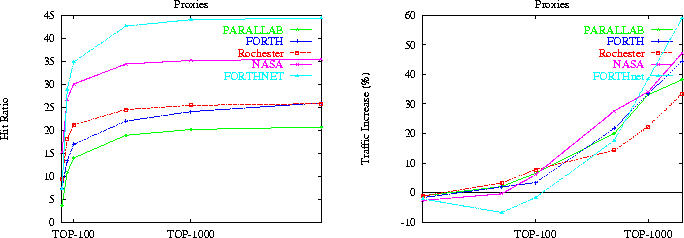
Figure 9: Traffic Increase as a function of the size of the TOP-10.
Figure 8: Successfully Prefetched documents as a function of the size of the TOP-10.
In figure 3 we notice that, with the exception of FORTHnet, the hit ratio of Top-10 prefetching is between 3% and 12% which is rather low. Although it could be increased by making a more aggressive prefetching (e.g. by increasing ACCESS_THRESHOLD), aggressiveness will significantly increase the traffic. Recall, that the essence of prefetching is in keeping a good balance between high hit ratio and low network traffic increase. Thus, we should find other ways to improve the performance of prefetching.
One way to improve the performance of prefetching is through the use of proxies. Proxies are being extensively used for caching and firewall purposes by intervening all requests from a domain [15]. We advocate that prefetching can benefit from the use of proxies. In the current traces, several clients even from the same domain make distinct requests to a specific server. Thus, each server ends up with lots of clients, few of which qualify for prefetching. If, however, all these clients access the server through a proxy, the proxy would aggregate all the client's requests and qualify for prefetching as a repeated and heavy client. Thus, the proxy would prefetch documents that could be used to reduce the latency of any of its clients, and thus improve performance. For example, if a document is prefetched on behalf of one client in a proxy's cache, the document may be served locally to all other clients that use the same proxy. Thus a client will be able to make use of a document that was prefetched on behalf of another client.

Figure 9: Traffic Increase as a function of the size of the TOP-10.
Figure 8: Successfully Prefetched documents as a function of the size of the TOP-10.
To show the benefits of proxying in prefetching, we use trace-driven simulation, and introduce artificial proxies that gather client requests, and distribute the benefits of prefetching onto a larger number of clients. Artificial proxies are generated by grouping clients into larger groups, and considering the whole group as a proxy for all the group's clients. Although several grouping algorithms can be designed, we use a straightforward one, which is very close to the proxying schemes used in practice. The grouping algorithm is as follows:
A request coming from a client will be considered as coming from a proxy that has the same name as the client, with the first part of the client's name striped off.For example, all requests coming from clients saronis.ics.forth.gr, mykonos.ics.forth.gr, and pandora.ics.forth.gr, will be considered as requests all coming from proxy ics.forth.gr. As another example, all requests coming from vein.cs.rochester.edu, and athena.cs.rochester.edu are grouped into requests coming from proxy cs.rochester.edu. That is, all requests that originate from any computer of the computer science department of the University of Rochester appears as coming from a single computer from that department, which is what most reasonable proxying schemes do.
Figure 8 plots the hit ratio (for proxies) due to prefetching as a function of the TOP-10. We see that the hit ratio of prefetching using proxy servers has doubled or even tripled compared to figure 3. For example, the hit ratio of prefetched documents from FORTHnet is close to 45%, for Parallab 18%, and for the other server's in between. Fortunately, this increase in hit rate comes at almost no increase in network traffic as figure 9 suggests. For low (;SPMlt; 500) TOP-10 values, the traffic increase is less than 20%, and sometimes there is even a traffic decrease! The reason for the observed traffic decrease is simple: A prefetched document that will be used by two clients of the same proxy, results in traffic decrease, since the document is fetched into the proxy only once, thus saving the second request that the second client would make if there were no proxy.
We should note however, that for aggressive prefetching the network traffic increases as high as 60%, which starts to get significant. Fortunately, when TOP-10 is less than 500, the hit ratio is almost the same with the cases for higher values of TOP-10, and the traffic increase is down to at most 20%, which seems reasonable. Interestingly enough, this observation holds for figures 3 and 4 where no proxies are used: increasing TOP-10 more than 500 does not noticeably increase hit rate.